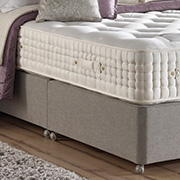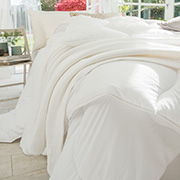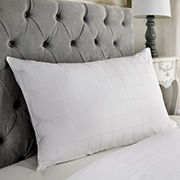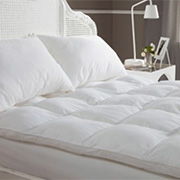
Meditation and How it Can Improve Our Sleep
Meditation is considered by many as a form of mind therapy. A way to centre and focus and achieve a feeling of calm and peace. Meditation is has also been known to help alleviate certain sleep disorders and overall promotes a better nights sleep.
So below we have compiled some meditation practices that are sure to send you to sleep quicker, and improve the quality of your sleep.
Environment – Choose a calm and quiet place, away from the hustle and bustle of everyday life. Conservatories, garden rooms can often be great spaces.
Focus – In order to achieve a mediative like state, it can help to focus on a particular object. If you find your thoughts racing, try to gently guide your mind back to that object. It can also be helpful to keep repeating a particular phrase.
Breathing – Of course breathing is a very important part of meditation. Take long controlled breaths. You should try to focus on using your diaphragm muscles that are located beneath the ribs rather than your chest.

The reason meditation is a particularly helpful tool when it comes to our sleep is because of what it does to our parasympathetic nervous system. It helps to lower the heart rate which ignites this system, which in turn is responsible for encouraging slower more relaxed breathing.
We are perhaps the most susceptible to intrusive racing thoughts when we lie down to sleep. Partaking in meditation before bedtime is a great way of drowning this out and helping us fall into a deeper sleep, quicker.
For information regarding sleep disorders read our blog on Insomnia.







































